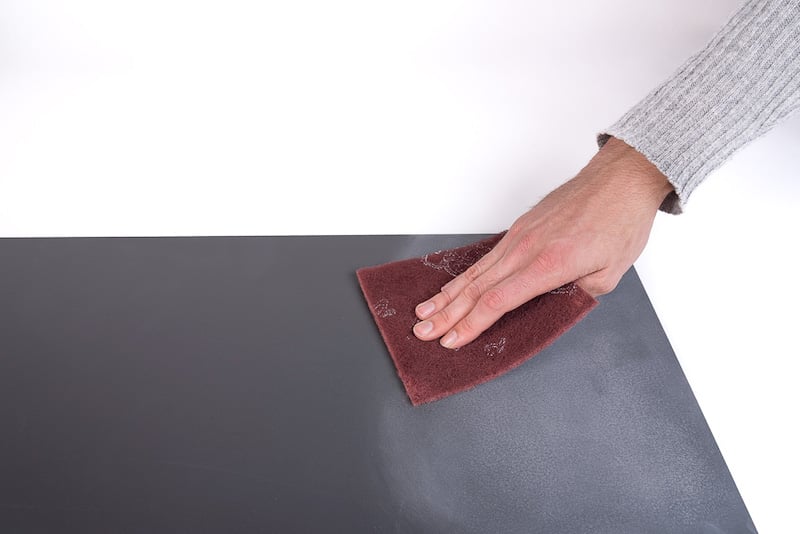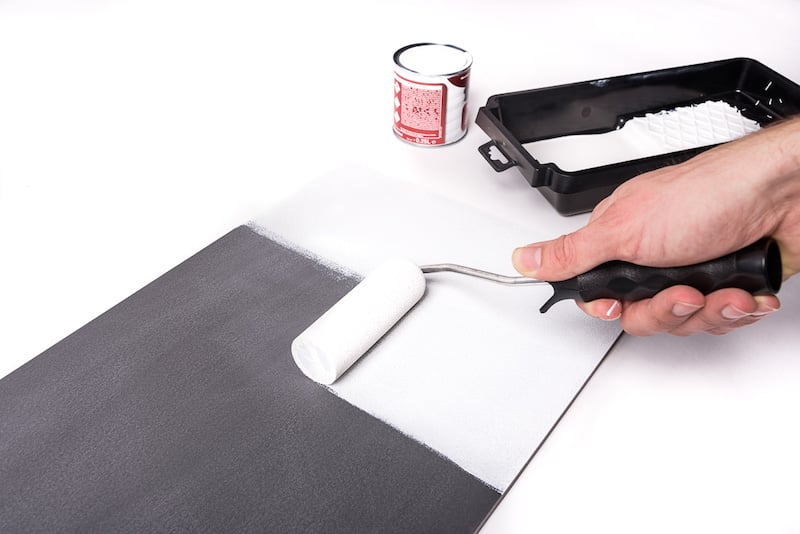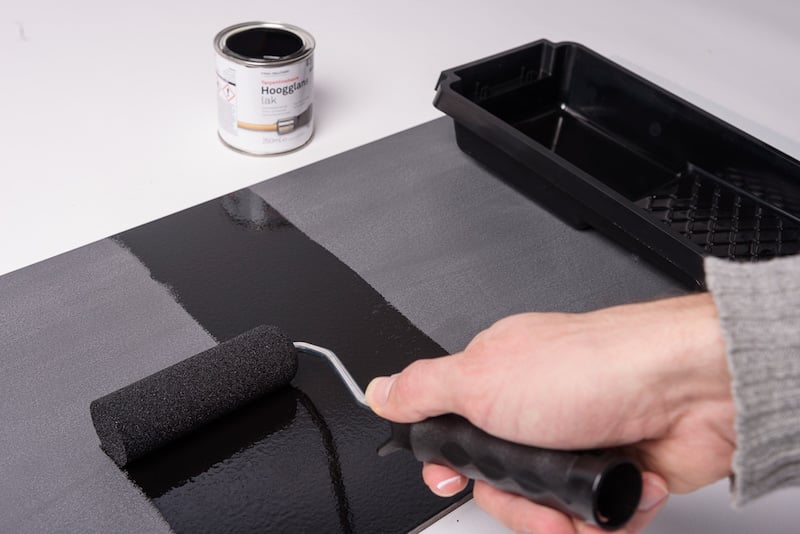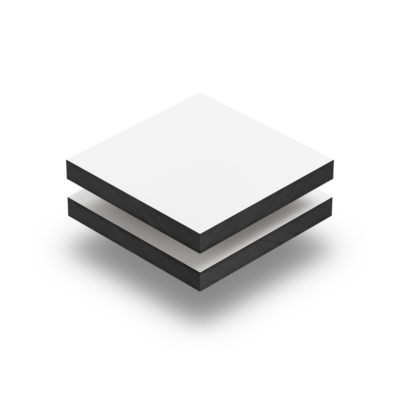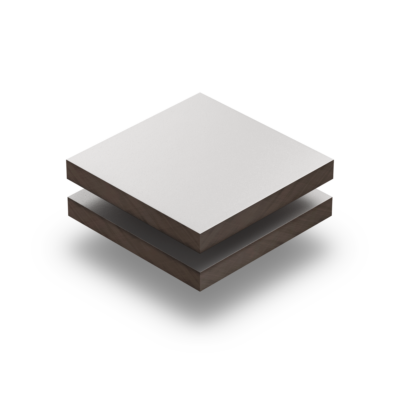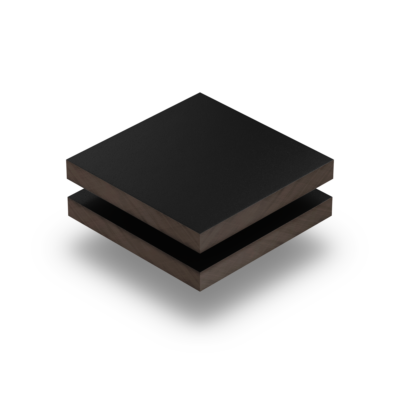Is your outdoor plastic discoloured or do you want to give it a new look? Luckily, it’s easy to paint plastic panels, and with the right pre-treatment, you can achieve a stunning result. In this blog, we’re going to explain exactly how to paint outdoor plastic and give you some tips for the best results.
Requirements for painting plastic wood:
How to paint plastic wood: the basics
Plastic wood or HPL consists of wood fibres compressed under high pressure with resin, hence the name HPL (High-Pressure Laminate). The top layer, which consists of phenolic resin, requires a special pre-treatment before you can paint the HPL panels.
Step 1: How to prepare plastic for painting
Before you can paint plastic wood, you must sand it first with 220/240 grit sandpaper. The HPL top layer is available in different textures. When the texture is fairly coarse, sanding is essential: sand the deeper grooves well for optimal adhesion. Are you done sanding? Then sand the surface once again using sanding wool such as Scotchbrite.
Step 2: Make sure the plastic is dust-free before painting
After sanding, make the surface free of dust. To do this, use a soft brush or cloth. Next, clean the top layer and degrease it using a lint-free cloth and a regular degreaser such as paint cleaner or ammonia. You can also use Burnus plastic cleaner for this. Always use a lint-free cloth for degreasing.
Step 3: How to prime plastic for painting
When painting plastic, it’s essential to start with a layer of primer. The regular primer will not adhere well enough, so use a special plastic primer or multi primer. For the best results, we recommend applying the primer with a foam roller rather than a brush. Allow the primer layer to dry and then sand it lightly with 240 grit sandpaper.
Step 4: Applying the finishing coat to plastic
Once you’ve sanded and degreased the primer layer, you can apply the finishing coat. We recommend using an acrylic or alkyd topcoat paint. It’s also best to use a foam roller when painting your HPL panel. For the best results, we advise using a roller with two rounded sides to prevent streaks from forming in the paintwork.
When should you paint outdoor plastic?
How often and when to paint plastic cladding depends on the condition of the material. You can opt to paint it if the material is starting to discolour. Another option is to change the colour of your plastic cladding or barge boards and paint the HPL panels to match the rest of your house or garden.
Are you planning to paint plastic cladding?
Are you inspired to get started and paint plastic yourself? We hope you’ve found the of the tips in this blog helpful. Would you prefer not to paint plastic wood but replace the panels? In our webshop, you’ll discover HPL panels in a wide range of thicknesses and colours. Order your plastic sheets directly, and we’ll cut them to size for you free of charge. We ensure that you receive your order as soon as possible. If you have any questions about this blog or our products, please feel free to get in touch, we’d love to hear from you.


